Public Awareness and Education in Forest Management
- August 2, 2024
- 0 comment
Public awareness and education play an essential role in achieving these goals. By informing and educating the public about the importance of forests and the practices involved in their management, we can foster a society that values and actively participates in forest conservation. Understanding forest management involves comprehending its principles, objectives, and the various techniques used to maintain healthy forest ecosystems. Despite the critical importance of forests, there remains a significant gap in public knowledge about these issues.
Raising awareness through effective campaigns, educational programs, and community engagement initiatives can bridge this gap. Utilizing media, technology, and innovative tools like virtual reality can make learning about forests more accessible and engaging. Moreover, involving local communities in forest management practices ensures that conservation efforts are practical and culturally relevant. Addressing challenges such as misinformation and lack of resources is vital for the success of these educational efforts. Looking ahead, the future of forest management depends on our ability to integrate comprehensive public education with robust community involvement, ensuring that forests continue to thrive for generations to come.
Table of Content
- Understanding Forest Management
- The Need for Public Awareness
- Educational Programs and Initiatives
- Using Media and Technology
- Community Engagement and Participation
- Challenges and Solutions
- Future Directions
- FAQs
Understanding Forest Management
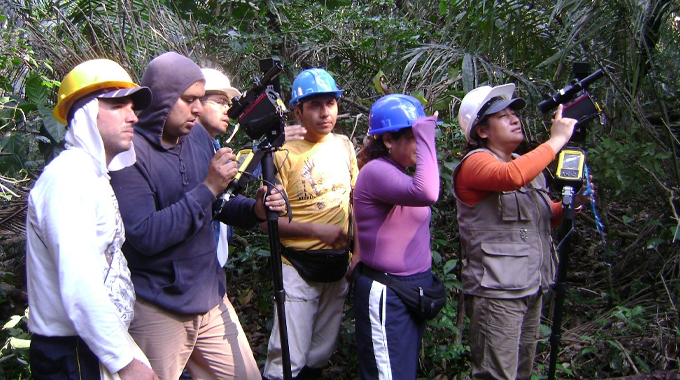
Definition and Objectives of Forest Management
Forest management refers to the systematic administration of forest resources to meet specific ecological, economic, and social goals. Its primary objectives include maintaining biodiversity, ensuring sustainable timber production, protecting water resources, and supporting recreational activities. Effective forest management balances the needs of the environment with those of society, ensuring that forests can provide essential services both now and in the future.
Key Principles and Practices in Forest Management
Key principles of forest management include sustainability, biodiversity conservation, and adaptive management. Practices such as selective logging, controlled burns, reforestation, and the protection of wildlife habitats are essential to maintaining forest health. Managers also use monitoring and assessment tools to adapt their strategies in response to changing conditions, ensuring long-term forest resilience.
The Need for Public Awareness
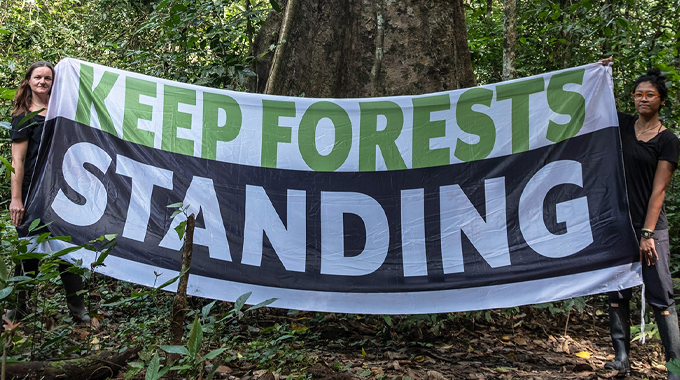
Impact of Public Knowledge on Forest Conservation
Public awareness is critical for forest conservation because informed citizens are more likely to support and participate in conservation efforts. Knowledgeable communities can advocate for policies that protect forests, contribute to sustainable practices, and hold industries accountable for their environmental impact.
Current State of Public Awareness About Forest Issues
Despite the importance of forests, many people lack a comprehensive understanding of forest issues. Misconceptions about forest management, deforestation, and the role of forests in climate regulation persist. Increasing public awareness can help address these gaps and foster a culture of conservation.
Examples of Successful Public Awareness Campaigns
Successful public awareness campaigns, such as the “Plant a Billion Trees” initiative by The Nature Conservancy and the World Wildlife Fund’s “Save the Forests” campaign, have demonstrated the power of media and community engagement in promoting forest conservation. These campaigns use compelling storytelling, social media outreach, and partnerships with local organizations to educate the public and inspire action.
Educational Programs and Initiatives
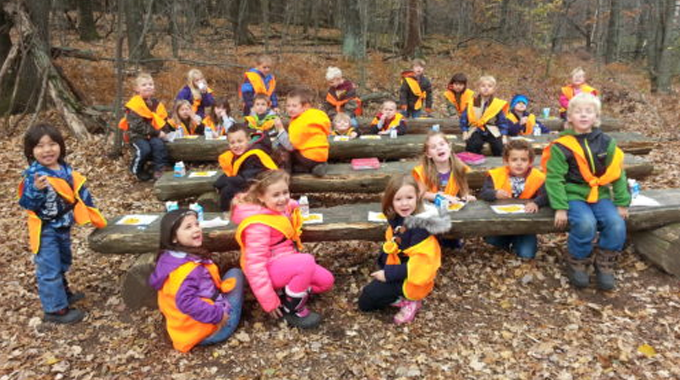
School and Community-Based Educational Programs
Educational programs in schools and communities play a vital role in fostering a sense of stewardship for forests among young people and local residents. Programs that integrate environmental education into school curricula, outdoor activities, and community workshops help individuals understand the value of forests and how to protect them.
Role of NGOs and Government in Promoting Forest Education
Non-governmental organizations (NGOs) and government agencies are instrumental in promoting forest education. NGOs often develop educational materials, conduct workshops, and lead conservation projects. Government agencies provide funding, resources, and regulatory support to ensure that educational initiatives reach a wide audience.
Examples of Effective Educational Initiatives
Effective educational initiatives include the Forest School movement, which immerses students in hands-on learning experiences in natural settings, and government-led programs like the U.S. Forest Service’s “Every Kid Outdoors” initiative, which provides free access to national forests for fourth graders and their families. These programs cultivate a deep appreciation for forests and equip individuals with the knowledge to engage in conservation efforts.
Using Media and Technology
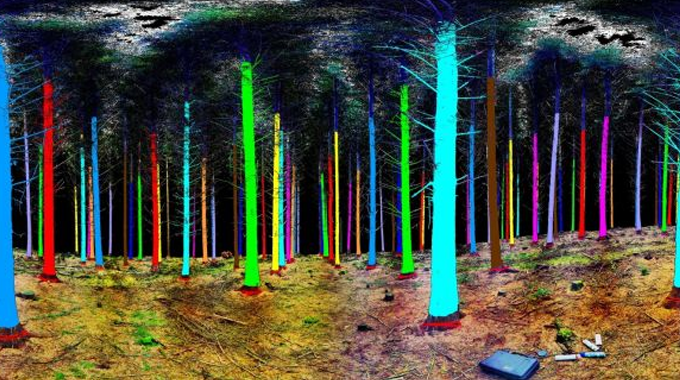
Social Media Campaigns and Their Impact
Social media campaigns have a significant impact on raising awareness about forest conservation. Platforms like Instagram, Twitter, and Facebook enable organizations to reach large audiences quickly, share information, and mobilize support. Campaigns that use hashtags, viral challenges, and influencer partnerships can effectively engage the public and generate widespread attention.
Interactive Apps and Websites for Forest Education
Interactive apps and websites provide accessible and engaging ways for people to learn about forests. Apps like “iNaturalist” allow users to identify and document plant and animal species, while websites like “Project Learning Tree” offer educational resources and activities. These tools make learning about forests interactive and fun.
Virtual Reality and Other Innovative Tools
Virtual reality (VR) and other innovative tools are revolutionizing forest education. VR experiences can immerse users in forest environments, providing a deeper understanding of forest ecosystems and the impact of human activities. Other tools, like augmented reality (AR) and interactive simulations, enhance learning by making complex concepts more tangible and engaging.
Community Engagement and Participation
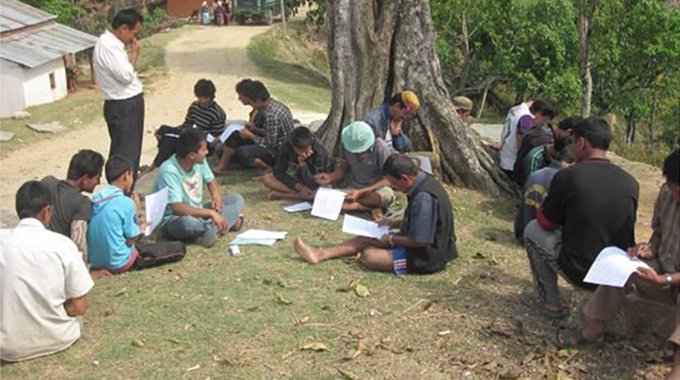
Importance of Community Involvement in Forest Management
Community involvement is crucial for effective forest management. Local communities possess valuable knowledge about their forests and are directly impacted by management decisions. Engaging them in conservation efforts ensures that strategies are culturally relevant and practically feasible.
Methods for Engaging Local Communities
Methods for engaging local communities include participatory planning, community-led conservation projects, and environmental education programs. Building strong relationships with community leaders, offering training and resources, and involving residents in decision-making processes are key to successful engagement.
Challenges and Solutions
Barriers to Increasing Public Awareness and Education
Barriers to increasing public awareness and education include limited access to information, cultural differences, and lack of resources. Additionally, misinformation and competing interests can hinder efforts to promote forest conservation.
Strategies to Overcome These Challenges
Strategies to overcome these challenges include developing targeted outreach programs, fostering partnerships between organizations, and leveraging technology to disseminate information widely. Providing training for educators, creating culturally relevant materials, and securing funding for educational initiatives are also essential.
Future Directions
Trends in Forest Education and Public Awareness
Trends in forest education and public awareness include the increasing use of digital tools, the incorporation of climate change education, and a focus on experiential learning. These trends reflect a growing recognition of the need to engage diverse audiences in forest conservation efforts.
Vision for the Future of Public Involvement in Forest Management
The future of public involvement in forest management envisions a well-informed and engaged society that actively participates in conservation efforts. By fostering a sense of stewardship and providing the necessary education and resources, we can ensure that forests are protected and managed sustainably for generations to come.
Frequently Asked Questions (FAQs)
- What is forest management?
Forest management involves the careful administration of forest resources to achieve specific environmental, economic, and social goals. This includes practices like sustainable logging, reforestation, and habitat conservation. - Why is public awareness important in forest management?
Public awareness is crucial because informed citizens are more likely to support and engage in conservation efforts, advocate for protective policies, and adopt sustainable practices that benefit forests. - How does public education impact forest conservation?
Public education helps individuals understand the importance of forests and the threats they face, leading to increased support for conservation initiatives and responsible behavior that reduces negative impacts on forest ecosystems. - What are some effective ways to raise public awareness about forest issues?
Effective methods include social media campaigns, educational programs in schools and communities, interactive apps, virtual reality experiences, and community engagement initiatives that involve local residents in conservation efforts. - What role do NGOs and government play in forest education?
NGOs often lead educational initiatives, create resources, and conduct workshops, while government agencies provide funding, regulatory support, and facilitate broader outreach to ensure educational efforts reach a wide audience. - Can you provide examples of successful public awareness campaigns?
Yes, examples include The Nature Conservancy’s “Plant a Billion Trees” initiative and the World Wildlife Fund’s “Save the Forests” campaign, both of which have used media and community partnerships to effectively promote forest conservation. - What are the key principles of forest management?
Key principles include sustainability, biodiversity conservation, and adaptive management. These principles guide practices such as selective logging, controlled burns, and reforestation to maintain healthy forest ecosystems. - How can schools and communities contribute to forest education?
Schools can integrate environmental education into their curricula, while communities can organize workshops, outdoor activities, and local conservation projects to teach residents about the importance of forests and how to protect them. - What challenges exist in increasing public awareness and education about forest management?
Challenges include limited access to information, cultural differences, misinformation, and lack of resources. Overcoming these barriers requires targeted outreach, partnerships, and the use of technology to disseminate accurate information. - What are the future trends in forest education and public awareness?
Future trends include the increasing use of digital tools, a focus on climate change education, and experiential learning approaches that engage diverse audiences and foster a deeper understanding of forest conservation. - How can individuals get involved in forest management and conservation?
Individuals can participate in local conservation projects, support reforestation efforts, engage with educational programs, advocate for protective policies, and adopt sustainable practices that reduce their impact on forests.

Gilbert Griffin
Forestry AuthorGilbert Griffin is a forest management expert specializing in sustainable practices, forest health, conservation, and land management. With extensive knowledge in pest control, disease management, and habitat restoration, Gilbert develops strategies to preserve forest ecosystems and biodiversity. Passionate about the natural world, Gilbert adapts to changes in forest management and stays updated through continuous learning. Gilbert also provides seasonal advice to optimize forest care throughout the year.



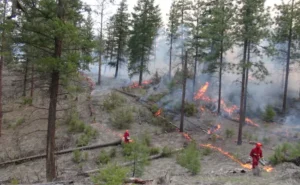

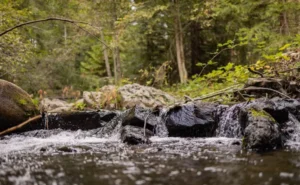

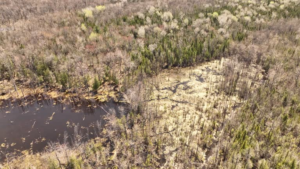




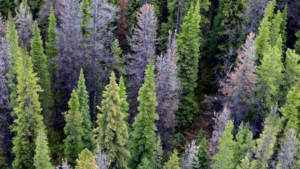
Leave your comment